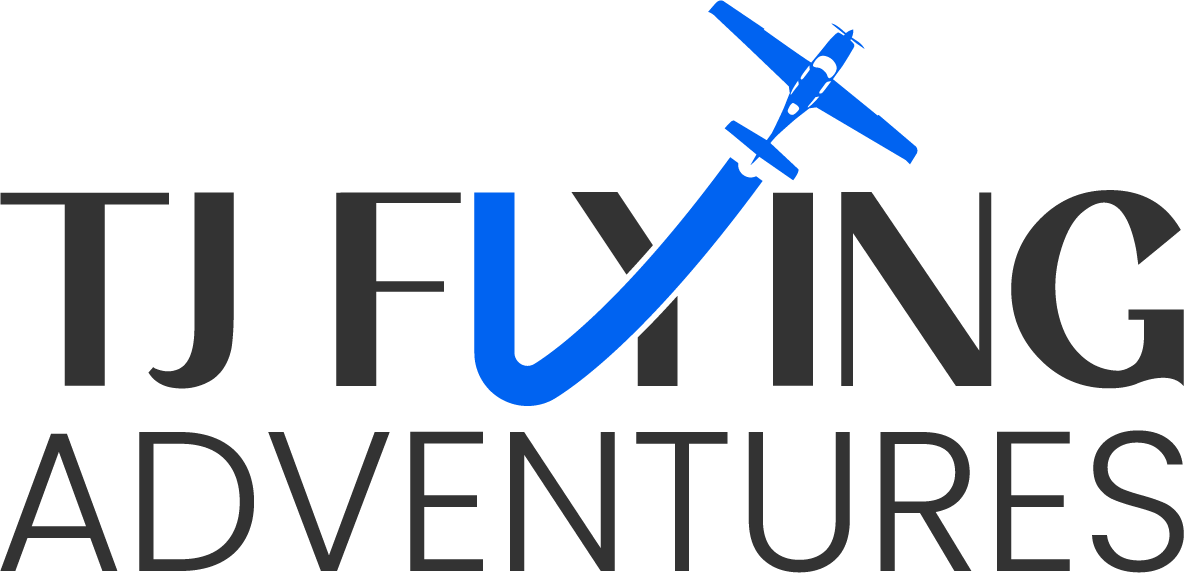Back To Normal IFR (Sort Of)
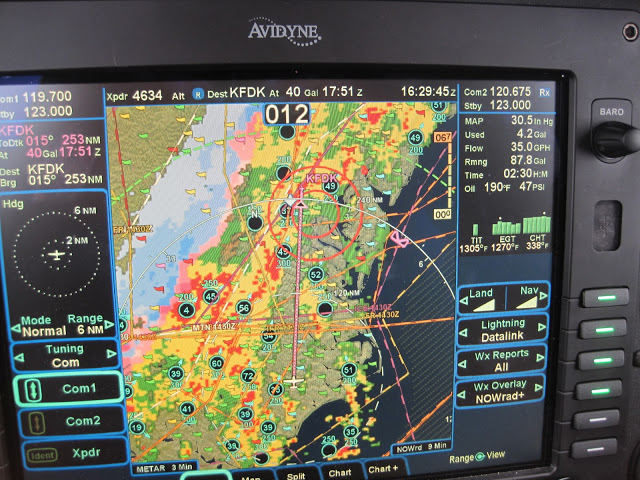
The past 2 weeks have been quite an unusual flight pattern for me. No X-Countries, No IFR or VFR flight plans, not even enough altitude to require oxygen! No the plane was NOT grounded… In fact, I had numerous flights. But they were all short “flight-seeing” journeys that gave me the chance to share the […]
Photo Opps And Dodging Airspace
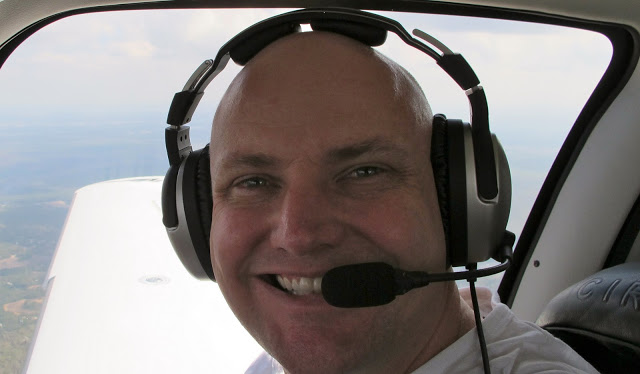
Today was one of those traditional $100 hamburger days. An IBM colleague of mine (Richard) was visiting from Spain. He has heard me rave about flying for years and I thought today was the perfect day to show him firsthand. The plan was either to fly to Key West or Palm Beach, both of which […]
Early Morning Commute
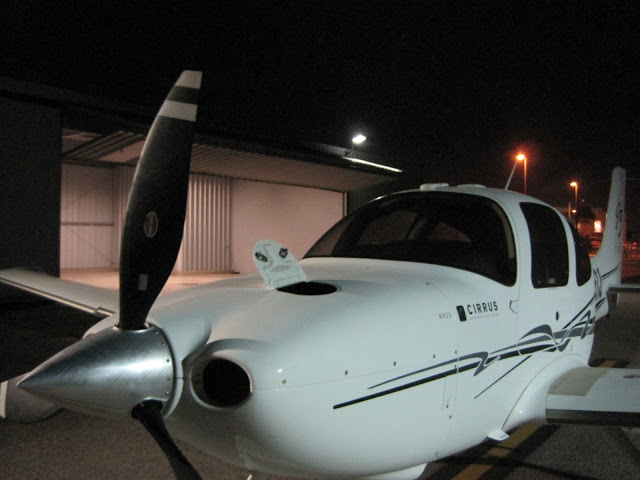
Normally, I work from home… But today was different. A number of my IBM colleagues were in Miami today. Since they were “in the neighborhood”, I felt compelled to go work from Miami for the day. In typical IBM fashion, I have grown accustomed to collaborating with colleagues from around the world, who I rarely […]
Skywriting Results
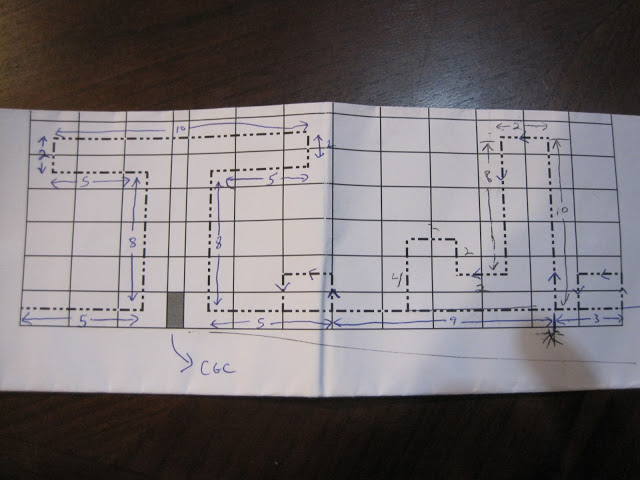
The weather was slightly better today. But still not good enough for regular VFR flying. The ATIS showed Winds 310 @ 8, Overcast layer @ 300 FT. The only good news was that the fog and low clouds were expected to burn off later in the day. We reviewed the plan and waited for some […]
Ugly Weather (Perfect Day to Fly!)
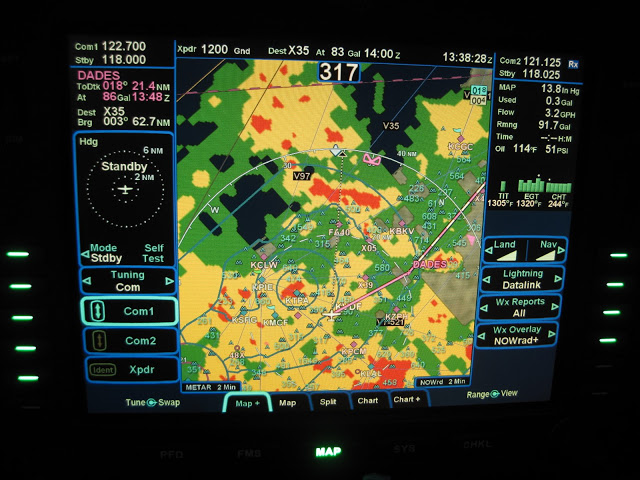
Today was expected to be a dreary weather day in the whole state of Florida due to a large “cold front” that was passing through. Today was definitely NOT a skywriting day. But what a great day for some recurrent flight training in actual IMC! I had planned a training day with Jason Schappert of […]
Last Minute Angel Flight
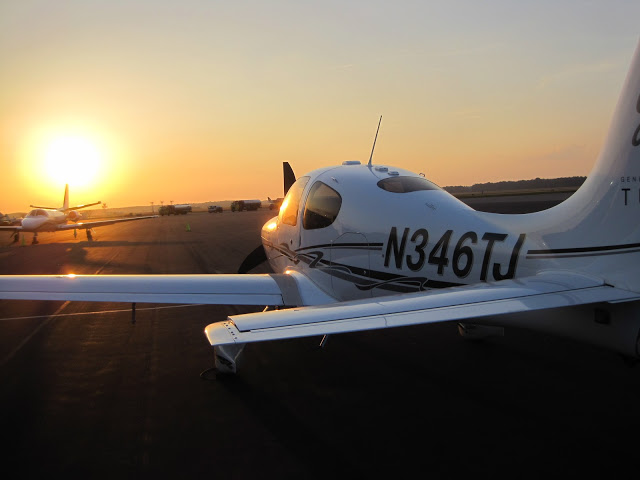
Normally, my Angel Flights are scheduled well in advance. Usually, I have to juggle a whole bunch of things (both work and personal). But late yesterday I got a message from the “Angel Flight Mission Control” about a particularly compelling flight today (Wednesday b4 Thanksgiving) that was in jeopardy of being canceled. The patient, who […]
East Coast Journey (Going Home)
Seven new states, and 5 IMC hours later, it was time to go home. The journey home involved a stop in Frederick, MD (state #32). Here is what the final route flown looked like: Since I needed to stop in MD, it was only natural to stop @ FDK. I was hoping to squeeze in […]
Sunrise Flight to Miami
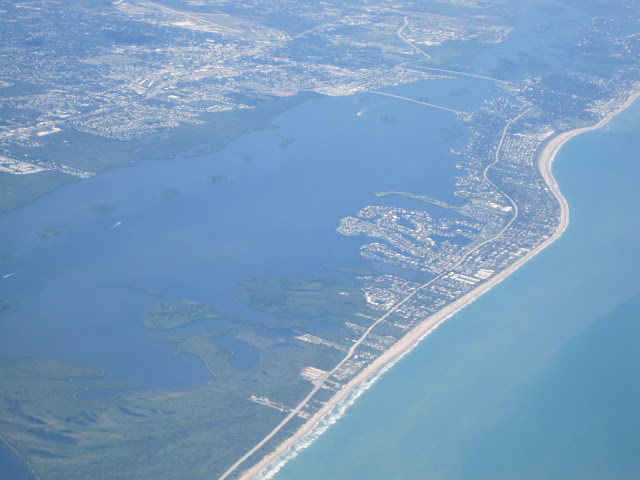
While I am not a huge fan of night flying, I do love departing in the dark and being airborne for sunrise. The ride is usually smooth, clear and best of all, so “empty” that ATC will usually grant any “crazy” routing I come up with. Today was no exception. After an uneventful pre-flight (in […]
Trip To Meridian, MS
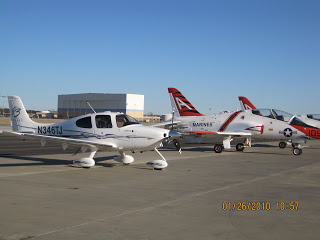
Like most of my flights that head NW bound, this flight was up to Cross City then direct destination. The Crystal River Nuclear Power plant… (Rather cool site in an otherwise empty part of the state) Aerial view of the Crystal River airport. (Did lots of landing practice there as a student pilot years ago) […]
